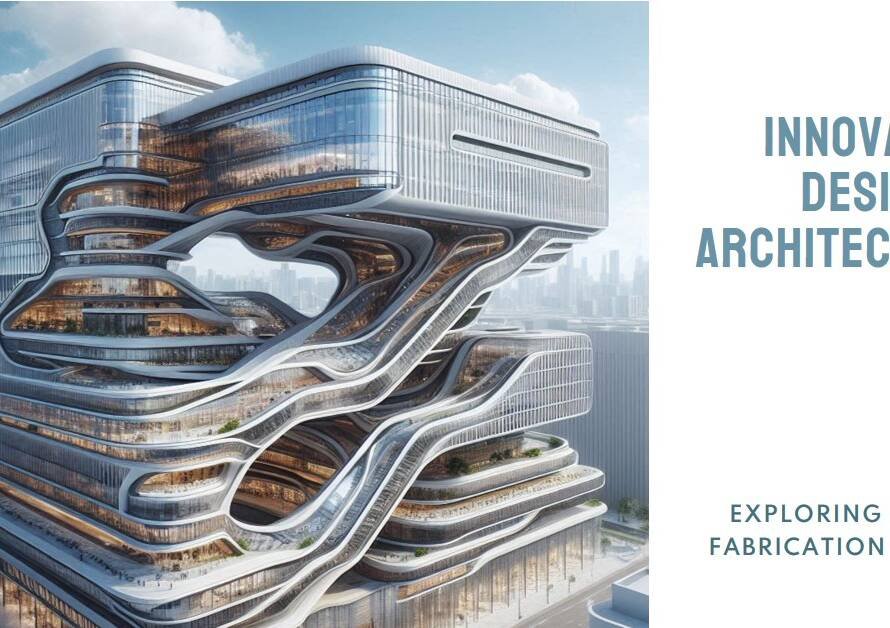
Table of Contents
Introduction:
In today’s dynamic world of design and architecture, the realm of 3D modeling and interior visualization stands as a beacon of innovation and creativity. From conceptualization to realization, these technologies have revolutionized the way we perceive and interact with spatial design. In this blog post, we embark on a journey to delve deep into the intricacies of 3D modeling and interior visualization, unraveling its significance, applications, and transformative impact on various industries.
Understanding the Essence of 3D Modeling:
At the core of 3D modeling lies the art of digital sculpting, where intricate forms and structures are meticulously crafted into virtual reality. Through the adept manipulation of polygons, vertices, and textures, artists breathe life into static geometries, imbuing them with depth, texture, and realism. This process transcends mere replication, enabling designers to channel their creativity and imagination into tangible digital assets.
Transitioning from Concept to Creation:
The journey from concept to creation within the realm of 3D modeling is a testament to the fusion of artistry and technology. With powerful software suites like Blender, Autodesk Maya, and Cinema 4D, designers wield a plethora of tools at their fingertips to translate abstract ideas into vivid visualizations. From initial sketches and mood boards to intricate wireframes, each stage of the design process is meticulously curated to align with the client’s vision and objectives.
The Evolution of Interior Visualization:
In the realm of architecture and interior design, visualization serves as a powerful medium for conveying spatial concepts and design narratives. Gone are the days of static blueprints and 2D renderings; today’s clients crave immersive experiences that transport them into the heart of their envisioned spaces. With the advent of photorealistic rendering engines such as V-Ray and Corona Renderer, designers can breathe life into their creations, capturing the interplay of light, texture, and ambiance with unparalleled fidelity.
Harnessing the Power of Virtual Reality:
As technology continues to advance, the integration of virtual reality (VR) into the realm of interior visualization has emerged as a game-changer. By donning VR headsets, clients can embark on virtual walkthroughs of their prospective spaces, exploring every nook and cranny with a sense of presence and immersion. This interactive approach not only fosters greater client engagement but also enables designers to iterate rapidly based on real-time feedback, fostering a collaborative and iterative design process.


Empowering Architectural Discourse:
Beyond its practical applications, 3D modeling and interior visualization have become indispensable tools for architectural discourse and critique. Architectural firms and academic institutions alike leverage these technologies to articulate design theories, explore spatial narratives, and push the boundaries of conventional aesthetics. Through the lens of virtual environments, architects and critics engage in dialogues that transcend geographical boundaries, fostering a global exchange of ideas and perspectives.
From Pixels to Pavilions:
Real-world Applications: The impact of 3D modeling and interior visualization extends far beyond the realms of design studios and architectural firms. From real estate marketing to urban planning and beyond, these technologies permeate diverse industries, catalyzing innovation and efficiency. Real estate developers leverage photorealistic renderings to showcase properties to prospective buyers, while urban planners utilize 3D models to simulate and analyze the impact of infrastructure projects on the built environment.
Navigating Challenges and Embracing Opportunities:
Despite its transformative potential, the realm of 3D modeling and interior visualization is not without its challenges. From hardware constraints to software compatibility issues, designers often find themselves navigating a landscape fraught with technical complexities. Moreover, the quest for photorealism necessitates a delicate balance between computational prowess and artistic sensibility, demanding continuous learning and adaptation.
A Glimpse into the Future:
As we gaze into the horizon of possibilities, the future of 3D modeling and interior visualization appears boundless. With advancements in artificial intelligence, augmented reality, and real-time rendering, the line between the virtual and the physical continues to blur. Imagine a world where architects can sculpt digital prototypes with the wave of a hand, or where clients can step into hyper-realistic simulations of their dream spaces with unparalleled fidelity.
Conclusion:
In conclusion, the realm of 3D modeling and interior visualization stands as a testament to human ingenuity and creativity. From its humble origins to its pervasive influence across industries, these technologies have redefined the way we conceive, create, and experience spatial design. As we embark on this ever-evolving journey, let us embrace the challenges, seize the opportunities, and continue pushing the boundaries of what’s possible in the digital realm of imagination.


